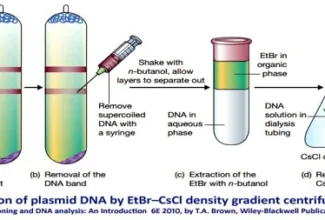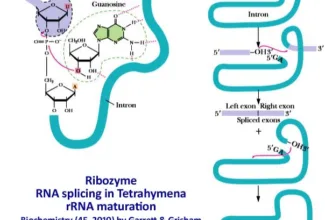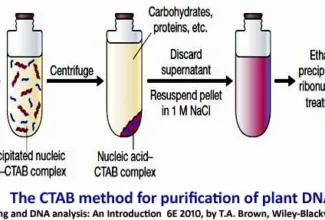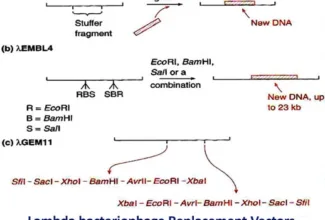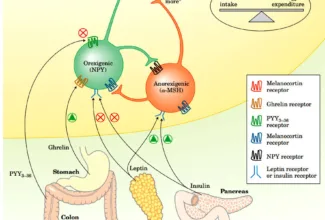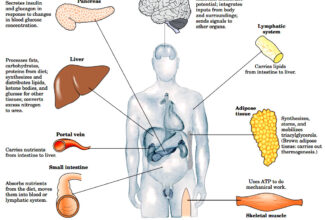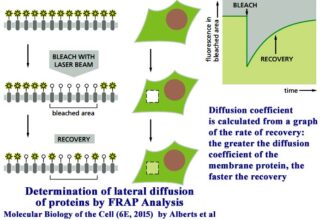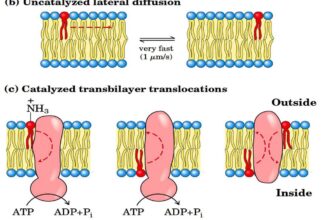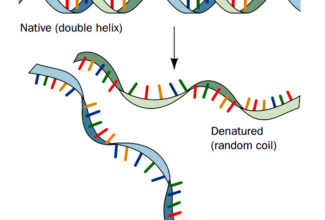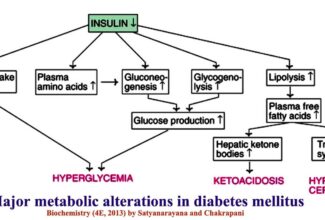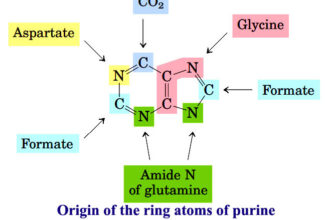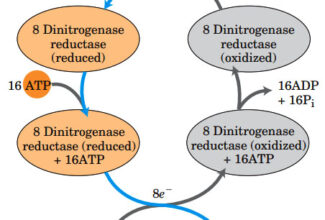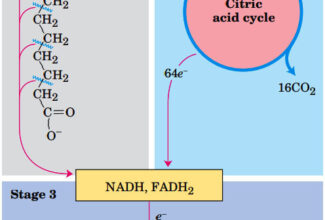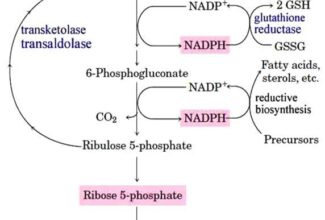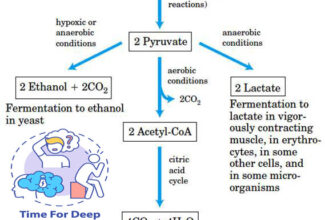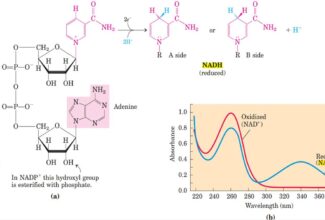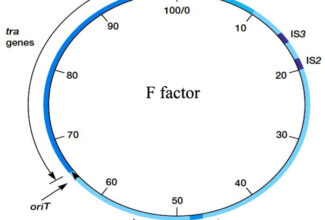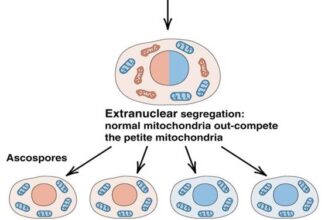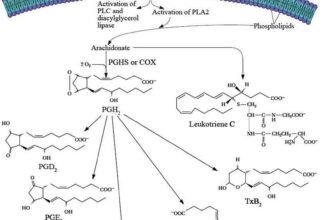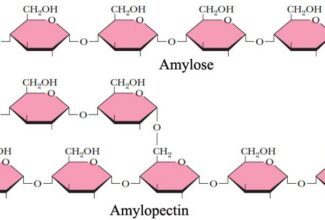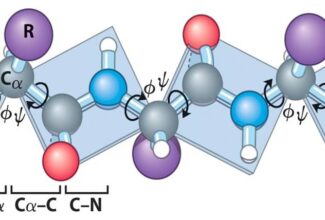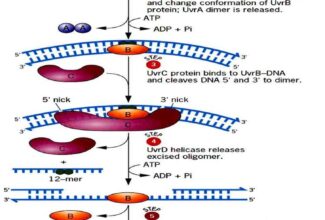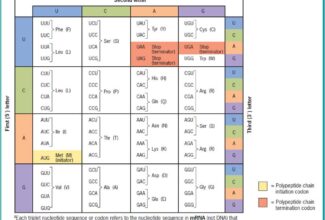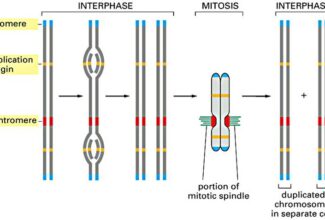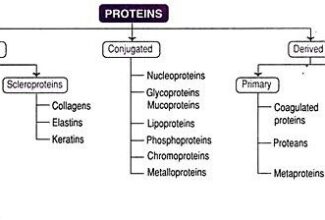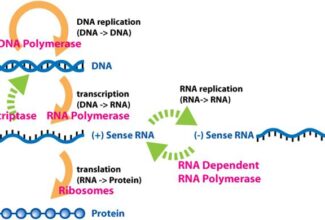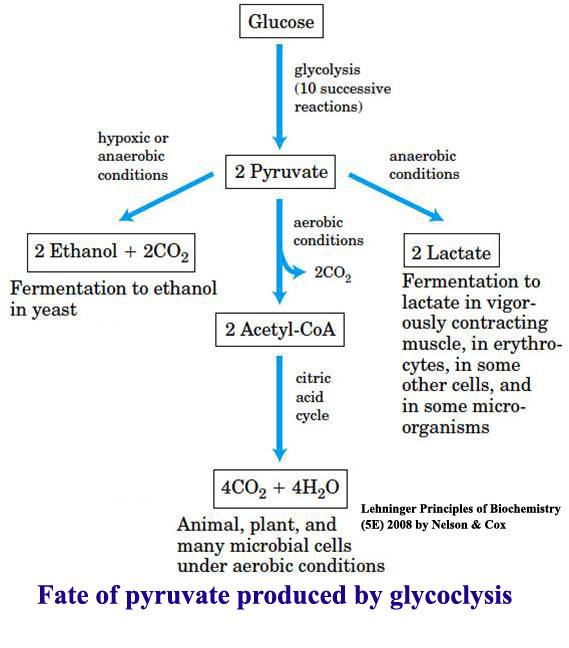
Glycolysis: steps, Rate in the absence of O2 (Pasture effect ) and in cancerous cells, Lactic acid and Alcoholic fermentation, Feeder pathway of glycolysis, Galactose breakdown (Leloir pathway) and metabolic disturbances; Regulation of glycolysis, Glucose transporter and their regulation by Insulin
Glycolysis
Glycolysis is the sequence of 10 reactions that metabolizes one molecule of glucose to two molecules of pyruvate with the concomitant net production of two molecules of ATP and 2 NADH.
Glucose
- Occupies a central position in the metabolism, excellent fuel with rich in potential energy
- Complete oxidation led to CO2 and H20 production with a standard free-energy change of 2,840 kJ/mol.
- Can be stored as glycogen (animals) and starch (plants) and releases at the time of energy need
- Can produce ATP either aerobically or anaerobically. Glucose breakdown produces precursors for biosynthesis of amino acid, nucleotide, coenzyme, fatty acid, or other metabolic intermediate cell needs for growth.
- Glucose has four major fates (in animals and vascular plants); Synthesis of complex polysaccharides (extracellular matrix and cell wall cellulose), Stored as fuels (glycogen, starch, glucose), Oxidized to pyruvate via glycolysis to provide ATP and metabolic intermediates, Oxidized to pentose sugars (nucleotide synthesis) and reducing powers for biosynthetic reactions via pentose phosphate pathway



